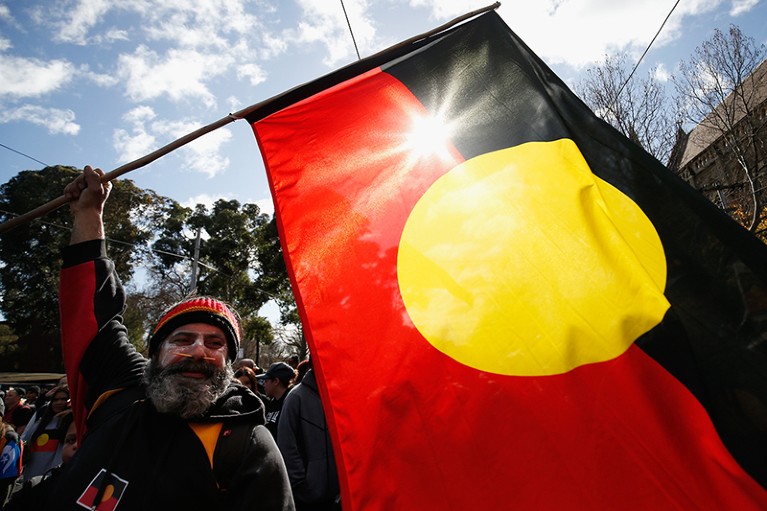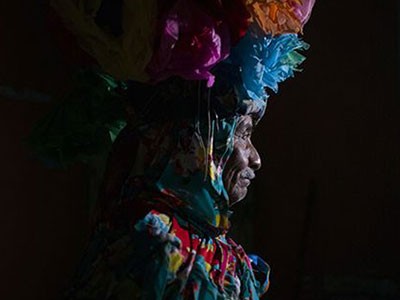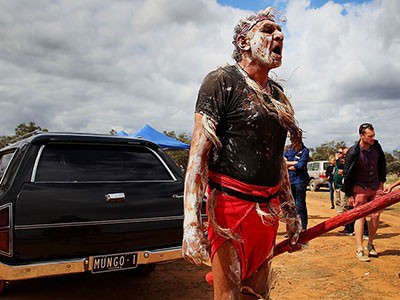
Events are held across Australia each July to celebrate the history and culture of Indigenous groups.Credit: Darrian Traynor/Getty
Today, sequencing technologies can read the six billion letters of a person’s genome in as little as an hour. Genome scientists know, of course, that analysing the data — and making inferences about health risks or ancestry — can take much longer. But for those collaborating with Indigenous people and other marginalized groups, the crucial work starts long before the first cheek swab or blood sample is taken, and must continue long after the last letter of DNA has been sequenced and interpreted.
Facing up to injustice in genome science
For generations, many scientists have been dismissive of, or simply oblivious to, the care and sensitivity required to conduct such research in a just and equitable way. In this issue of Nature, we explore the efforts of those who are reaching out to such communities anew and those looking to heal some of the wounds of colonialism by returning the remains of ancestors that had been excavated in the name of scholarship, some of it now discredited.
These efforts are essential. Without them, people who are already under-represented in DNA databases face being left further behind by modern medicine’s slog towards precision and individualization — to the detriment of their health — and research databases will continue to be of limited scientific utility. A recent analysis noted that genomes from African, Latin American and Indigenous people together account for less than 4% of all those included in genome-wide association studies, stymying many questions (G. Sirugo et al. Cell 177, 26–31; 2019). Information in the DNA of Indigenous people and the remains of their ancestors can hopefully facilitate the return of more remains and help researchers to fill in gaps in the puzzle of humanity’s history.
Indigenous groups look to ancient DNA to bring their ancestors home
But the steps to a more inclusive genomics are many and complex. An important starting point is to work with community leaders early in a project’s development and to address their questions, rather than simply focusing on what scientists want to know. A crucial factor then is to involve Indigenous researchers as partners and leaders of the work that impacts their communities. Regular, open communication is important, because the needs and desires of a community can change during the course of a project — studies might have to pause, rethink or even stop. And findings must be reported to participants in a way that they can appreciate and that respects their own knowledge, which requires patience, humility and repeated consultation.
Although there is no one way to accomplish these steps for all groups, one common denominator is time. These efforts take copious and unpredictable amounts of it. For researchers to make that time, funders, institutions, tenure committees and journals must recognize that the blistering pace of modern genome technology will not translate to the same type or rate of research output.

 Facing up to injustice in genome science
Facing up to injustice in genome science
 Indigenous groups look to ancient DNA to bring their ancestors home
Indigenous groups look to ancient DNA to bring their ancestors home
 How decolonization could reshape South African science
How decolonization could reshape South African science
 The best research is produced when researchers and communities work together
The best research is produced when researchers and communities work together








